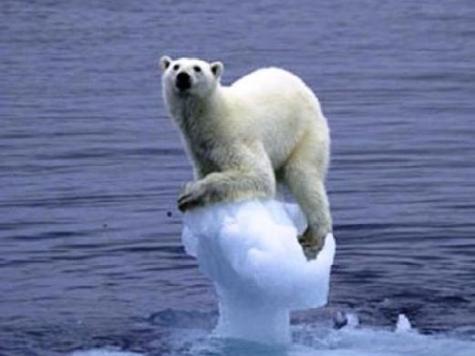For years, it has
become a tradition that marriage be the union of a man and a woman as
committed lifelong partners. According to the Bible, marriage is “An
intimate and complementing union between a man and a woman in which
the two become one physically, in the whole of life.”
However according to the law, marriage only needs to satisfy three
requirements: the
parties' legal ability to marry each other, mutual consent of the
parties, and a marriage contract as required by law. The practice of same-sex relationships dates all
the way back to the times of ancient Greece, yet still is not a fully
recognized and accepted practice.
Likewise, Supreme
Court justices are also quite mixed on the issue at hand as well.
More conservative justices such as Scalia and Alito are hesitant on
breaking tradition , whereas more liberal justices such as Breyer
have come to recognize same-sex relationships as a growing part of
society.
“As
far as I’m aware, until the end of the 20th century, there never
was a nation or a culture that recognized marriage between two people
of the same sex,” Justice Samuel A. Alito Jr.
“The
answer we get is, well, people have always done it. You know, you
could have answered that one the same way we talk about racial
segregation.”
-Justice Stephen G. Breyer
The
first question that comes up for the issue at hand is the
accountability of the Supreme Court justices. The result of the
decision would most likely change America forever, as the official
definition of marriage itself could possibly be altered for future
generations to come. Should merely nine appointed individuals really
make a decision on behalf of the thousands of same sex couples in the
United States? Since Supreme Court justices are not elected, they are
sometimes viewed to be not very representative of the public.
Likewise, in order to stay impartial, the Supreme Court's decisions
do not always take in public opinion, no matter how sensitive and
widespread the case.
Currently,
support for same-sex marriage has increased from the initial nine
states to thirty-six, with many states accepting and legalizing
same-sex marriage. It's here where the federal and state governments
may clash. Whereas of right now, marriage is currently held in the
states' boundary of control, each one able to decide the legality of
same-sex marriage. However, once the Supreme Court makes its
decision, state law will be overridden, creating a great deal of
outbreak and opposition in the public if same-sex marriage fails to
be legalized.

In
order to make the proper decision, the Supreme Court must choose how
to approach the issue at hand first. What method should the Supreme
Court use when formulating conclusions? Should the justices hold back
and make the decision based more on previous precedents and
traditional values? Or should the justices actively interpret any
implied parts of the Constitution and make stretches? It's
nonetheless a battle between judicial restraint and judicial
activism. While judicial activism in this case would favor same-sex
couples more, it would also mean drifting off from the Supreme
Court's ability to be impartial and unbiased since more personal
interpretation and opinion from the justices would be required.
However, in my
personal opinion, marriage is not gender-binding. In the social
sense, love doesn't necessarily have to stem from the opposite sex,
it can develop in multiple ways. Love develops from romantic and
affections feelings for another individual, and this person does not
necessarily have to be someone of the opposite sex. By human nature,
the range of romance can vary from person to person. Other than the
exception of being unable to produce offspring, same-sex marriage
shares many of the same elements as traditional opposite-sex
marriage.
In the
constitutional sense, same-sex couples deserve to have the right and
freedom to pursue love like any other couple in the United States.
After the ruling in Grisworld v. Connecticut, the implied right to
privacy in the 4th amendment was established. Intimate
relationships between couples were included in an individual's sphere
of privacy, giving them the right to use any birth control devices or
medicine in their relationship. Similarly, the “who” a person
chooses to be his or her lifelong spouse is also under this sphere of
privacy. In addition, the 14th amendment guarantees all
U.S citizens the natural rights aforementioned in the Constitution.
Back during America's segregation era, interracial marriage between
colored and whites was not allowed. Today's situation with same-sex
couples is related in the exact same sense. Colored men have been
given the natural rights to marriage just like any other American,
and it would only seem constitutional to given same-sex couples the
same right as well.





 lands accessible for settlement. Often neglected in the past, farmers are now the most heavily subsidized individuals in the world thanks to Congress's five-year $300-billion farm bill that would put farmers in line for hefty government assistance. The bill went through many tests of rejection and approval, but was nonetheless accepted in the end.
lands accessible for settlement. Often neglected in the past, farmers are now the most heavily subsidized individuals in the world thanks to Congress's five-year $300-billion farm bill that would put farmers in line for hefty government assistance. The bill went through many tests of rejection and approval, but was nonetheless accepted in the end. 




















